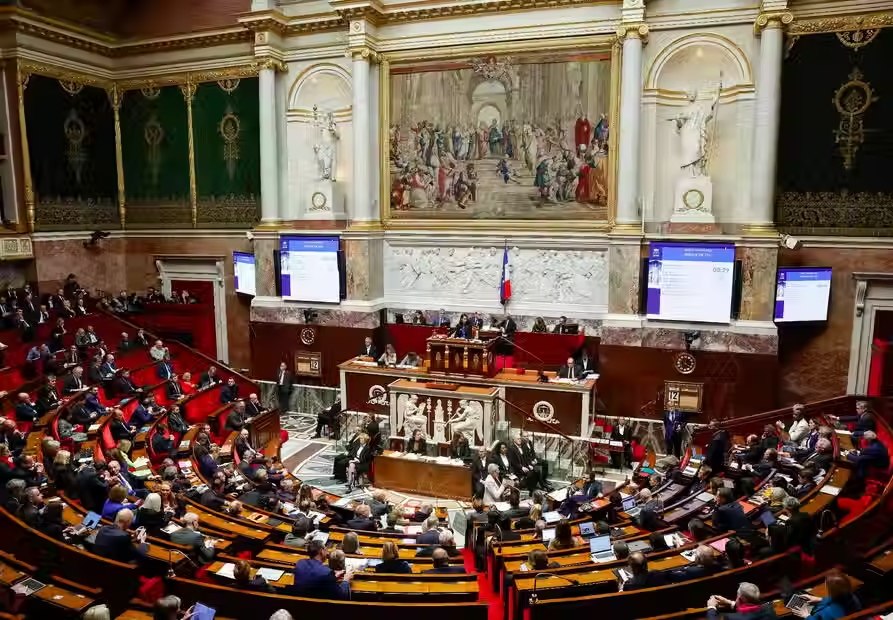
Source: Government questions session at the National Assembly in Paris on November 12, 2024 - Ian LANGSDON / AFP
This week I want to dig into the latest regulations that are quietly impacting fashion. What's actually on the table right now? What's looming on the horizon? And most importantly - what should you act on now?
Let’s get into the real state of fashion regulation.
TLDR:
Textile EPR fees are set to rollout across Europe and beyond.
Mapping Tiers 1-3 and adopting GS1-EPCIS are the quickest wins for compliance.
Expect compliance to cost 2–4 % of COGS by the decade’s close.
----
Extended Producer Responsibility (EPR) Fees are rolling out from Paris to Singapore. Policymakers are putting forward the most aggressive rule-book the industry has ever faced – and they are going forward at pace.
The Present
France – textile EPR since 2022 now bills producers €0.01–€0.06 per item. A ultra-fast fashion law passed on 10 June 2025 bans “ultra-fast” ads and starts an eco-fee that climbs to €10 by 2030.
European Union – the draft Waste Framework Directive (expected to be law in October) will copy France and make textile EPR mandatory bloc-wide; Brussels is also studying reduced VAT for high eco-scores.
UK – Department for Environment, Food & Rural Affairs (DEFRA) is designing a national textiles EPR scheme for consultation late 2025, explicitly benchmarking the French fee curve.
USA – the FABRIC Act offers a 30 % re-shoring tax credit on payroll and CAPEX, plus brand-funded remediation.
Asia-Pacific - Singapore makes ISSB-aligned Scope 1-2 disclosure mandatory from FY 2025, Scope 3 from FY 2026 for listed companies.
What's likely to happen next?
1. Waste-fee by default – France’s per-item levy is the template and will be copied by other markets.
2. Tax as steering wheel encouraging changes – reduced VAT for products that hit a circular eco-score will reward upstream design changes.
3. More data, transparency and audit disclosures. EU double-materiality and Singapore assurance rules push unverified data off the shelf.
<<< What you can do now >>>
1. Name a CFO-level EPR lead and map Tiers 1-3 – digitise factories, mills and yarn suppliers with TrusTrace or BCome, then rank spend-risk hotspots.
2. Build passport-ready data: house bill of materials, chemistry and LCA data in a GS1-EPCIS event stream so the same feed powers EU Digital Product Passports and national EPR registers.
3. Run a double-materiality (financial & sustainability) screen – even sub-threshold SMEs reduce funding friction by pre-testing Corporate Sustainability Reporting Directive (CSRD) logic.
4. Prototype the fee curve– model £0.05 per unit for UK EPR, using France’s €0.01–€0.06 band and EU €0.12 ceiling as guard-rails.
5. Hard-wire costs upstream – bake audit and remediation charges into supply contracts and connect pay-per-SKU APIs to track EPR.
Regulation is no longer background noise - it is one of the louder voices shaping fashion’s future. EPR fees, digital passports and transparency rules are here. Those who invest early in mapping their supply chains, standardising data, and baking compliance into their contracts will turn this into a mark of leadership. The time to get ahead of the curve is now.
Until next week.
Share this Article on:

